To DISCOVER CULTURE–if this is one among your reasons for traveling then..YOU ARE AWESOME. 🙂 Some people travel because they want to discover, learn and experience various cultures. If you are planning to travel to Korea, why not consider the theme, “History & Culture Day” in your itinerary? In this post, let me share my experience regarding this theme. I found them easily accessible, cheap (even free!!) and worth the experience. 6 spots-in-one stop. Half-day. Can you believe it? 🙂
1. Grand Royal Palace: Gyeongbokgung (경복궁)
Cost: Adults (ages 19-64): 3,000 won / Group (over 10 years): 2,400 won
Children (ages 7-18): 1,500 won / Group (over 10 years): 1,200 won
This is something you should not miss in your History and Culture Day Itinerary! 🙂
There are Five Grand Palaces in Seoul,Korea namely, Gyeonghuigung Palace, Deoksugung Palace, Changgyeonggung Palace, Changdeokgung Palace, and Gyeongbokgung Palace which are located in different locations. You don’t need to go to all of them if you do not have enough time. I went to Gyeongbokgung Palace since it is closer to Seoul station. Surprisingly, I found out that it is the largest among the palaces. It served as the main palace of the Joseon Dynasty.
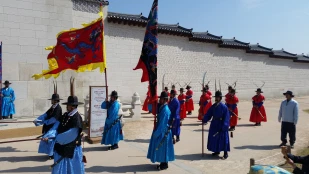
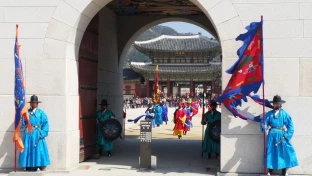
Make sure you catch the reenactment of the Changing of the Royal Guard and the Patrol Ritual are performed every day between 10 a.m. and 3 p.m. in front of Heungnyemun (Gate).
The guardsmen perform several ceremonies including the opening and closing the royal palace gate and the changing of the guard.
Closed on Tuesdays
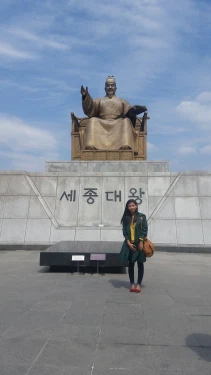
2. King Sejong Statue (세종대왕 동상)
Cost: Free
At the entrance of the palace you can see a huge statue. Say “Annyeong hasaeyo” to 세종대왕. King Sejong is best remembered as the inventor of Hangeul, the Korean alphabet.
I’ve often heard Korean students talking about his notable contributions to Korean society. During his reign, he consolidated the basis for ruling the Joseon Dynasty by
incorporating Confucian philosophy of politics. Furthermore, he led the nation’s great strides in agriculture, literature, science and technology.
3. National Folk Museum
Cost: Free
The museum is just located inside the palace. 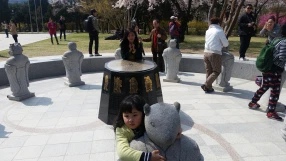 Here you can fully immerse yourselves in traditional, domestic and agricultural lifestyles, and learn about Korea’s cultural beliefs. Admission is included in the Palace’s Entrance Fee.
Here you can fully immerse yourselves in traditional, domestic and agricultural lifestyles, and learn about Korea’s cultural beliefs. Admission is included in the Palace’s Entrance Fee.
4. Blue House (청와대)
Cost: Free
If USA has White House, Korea has Blue House. 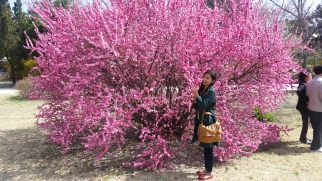 This is the executive office and official residence of the President of the Republic of Korea. Surprisingly, the Blue House is just few minutes walk away from the palace. 🙂 The unique buildings are covered with Blue-tiled roofs which blend beautifully with Mt. Bugaksan in the backdrop. The paths just outside the Blue House grounds is a pleasure as the surroundings are peaceful and beautiful.
This is the executive office and official residence of the President of the Republic of Korea. Surprisingly, the Blue House is just few minutes walk away from the palace. 🙂 The unique buildings are covered with Blue-tiled roofs which blend beautifully with Mt. Bugaksan in the backdrop. The paths just outside the Blue House grounds is a pleasure as the surroundings are peaceful and beautiful.
Closed Every Sunday, Monday and National holidays
5. Mt. Bugaksan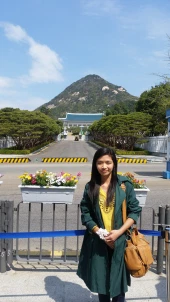
Cost: Free
While at the Blue House , take time to take a peek on the Mt. Bugaksan from afar. If you are not satisfied, you can go hike. It is a 342-meter high granite mountain in the middle of Seoul. It is home to Gyeongbokgung and a Joseon Dynasty fortress.
6. Wear Hanbok for FREE
Cost: Free
Korean wanna-be? Yes, you can also try on Hanbok for free. In front of the King Sejong statue, you can see a small booth nearby. People flock in the area so you can easily spot it. A friendly Korean staff will ask you to write your name and other details on a paper provided. She will then ask you to take your pick from the Hanbok hanged on display! ^_^ (I wanted the green and red one but someone didn’t want to take it off so.. I just had to get this color..Hmm.. quite big for my size though (yay! but lucky to have this last one).
You can now walk along the runway and smile on to every paparazzi 🙂
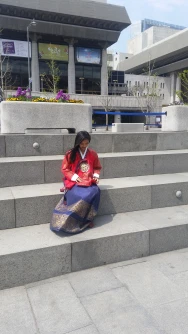
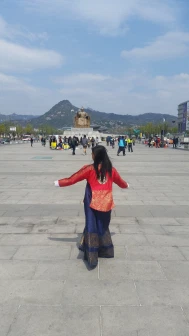 Hanbok is the traditional outfit for Koreans. They normally wear this outfit only on festive days or special anniversaries, however it was worn daily up until just 100 years ago. Although this norm has slightly changed through the years. Nowadays, children wear hanbok on their first birthday and adults wear it for their wedding ceremony and on their 60th birthday. The Hanbok is also worn for funerals or religious services, and is still used as casual wear in villages or districts where the traditional ways of life are still maintained. Indeed, 6-in-1 spot 🙂
Hanbok is the traditional outfit for Koreans. They normally wear this outfit only on festive days or special anniversaries, however it was worn daily up until just 100 years ago. Although this norm has slightly changed through the years. Nowadays, children wear hanbok on their first birthday and adults wear it for their wedding ceremony and on their 60th birthday. The Hanbok is also worn for funerals or religious services, and is still used as casual wear in villages or districts where the traditional ways of life are still maintained. Indeed, 6-in-1 spot 🙂
Duration of the itinerary: 9:00AM-12:00NN
Summary of Cost: I got it all for FREE ^_^ Lucky Me.
I had an awesome photographer & tour guide 🙂
Next Theme to be featured: Chasing the Cherry Blossoms
For the next series, Follow Me! 🙂
👣 HistoryMaker/The Official Traveler

![Visit South Korea 👣 Seoul Itinerary (#2): History & Culture Day [Spring 2015]](https://pinesinnovations.com/2015/10/20150413_100915.jpg?w=1400&h=9999)
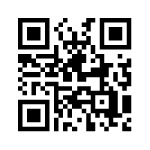
Leave a Reply